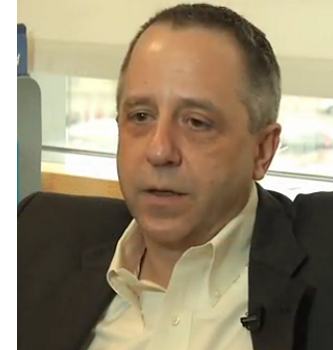|
|
Today, the Nobel Assembly at Karolinska Institute awarded half of this year’s prize in medicine or physiology to a pair of scientists who made key discoveries about the working of the innate immune system—the body’s first line of defense. Bruce Beutler, MD, of the Scripps Research Institute in La Jolla, Calif., and Jules Hoffmann, PhD, a former director of the Institute for Molecular and Cell Biology in Strasbourg, France, received the prize for recognizing the role that the Toll gene and Toll-like receptors (TLR) on white blood cells play in recognizing invading organisms such as fungi, viruses and bacteria, and triggering inflammation.
Douglas T. Golenbock, MD, professor of medicine and microbiology & physiological systems and chief of UMass Medical School’s Division of Infectious Diseases and Immunology, is an expert in the innate immune system and studies how Toll-like receptors function. Under his leadership, the division has organized a bi-annual international meeting for scientists investigating Toll-like receptors.
Dr. Golenbock has spent many meetings talking about science and innate immunity with Dr. Hoffman and Dr. Beutler, and he explained how their discoveries changed scientists’ understanding of the innate immune system and Toll.
“Jules Hoffman, along with his brilliant student Bruno Lemaitre, discovered that Toll was a critical protein involved in the innate immune response. Their landmark paper was published in Cell, and it showed that drosophila Toll was critical for defending the host from fungal infections and bacteria. You may have seen the photograph of the fungally infected fruit fly. Toll-mutant flies are literally eaten away by fungus. This observation changed the way scientists worldwide thought about innate immunity, including myself and Dr. Beutler,” said Golenbock.
“Beutler's landmark work, which demonstrated that two strains of mice that did not respond to lipopolysaccharide (also known as LPS) had a mutation in Toll-like Receptor 4 (published in Science) was, in a sense, a follow-up to Dr. Hoffmann's discovery. This paper achieved a goal that many scientists worldwide had worked hard for—the probable identification of the LPS receptor. The paper had a huge impact on scientists because there are 10 human TLRs, and all of a sudden scientists were realizing that they were almost all critical in the pathogenesis of many diseases as well as normal host defenses. Without a doubt, this paper set the immunology world afire.”
Related link:
